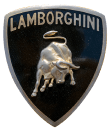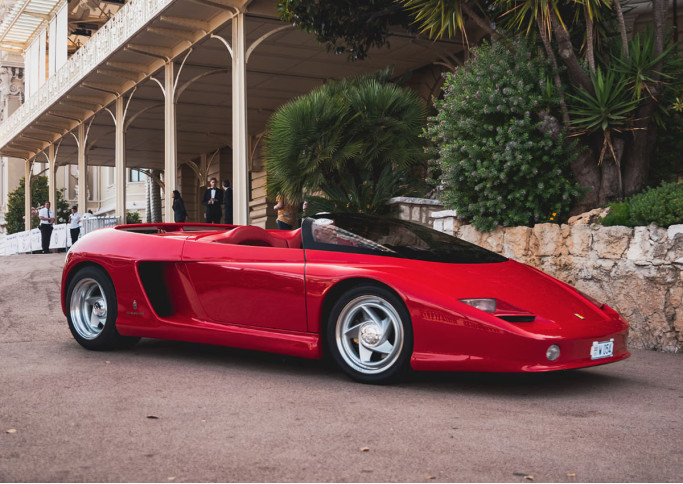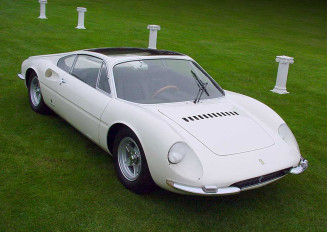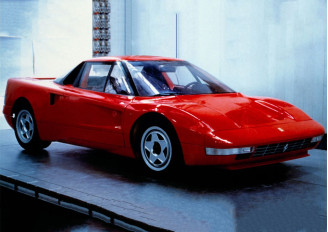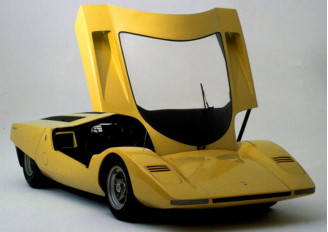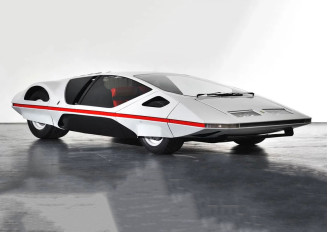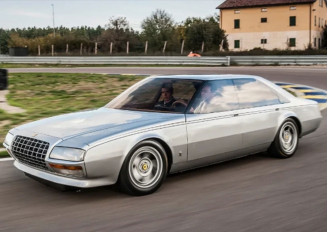The best Ferrari concepts: Top 7 ranking of the best Ferrari concepts cars
Top 7 ranking of the best Ferrari concepts cars
1. Ferrari 512 S Berlinetta Speciale - the best Ferrari concept car of 1969
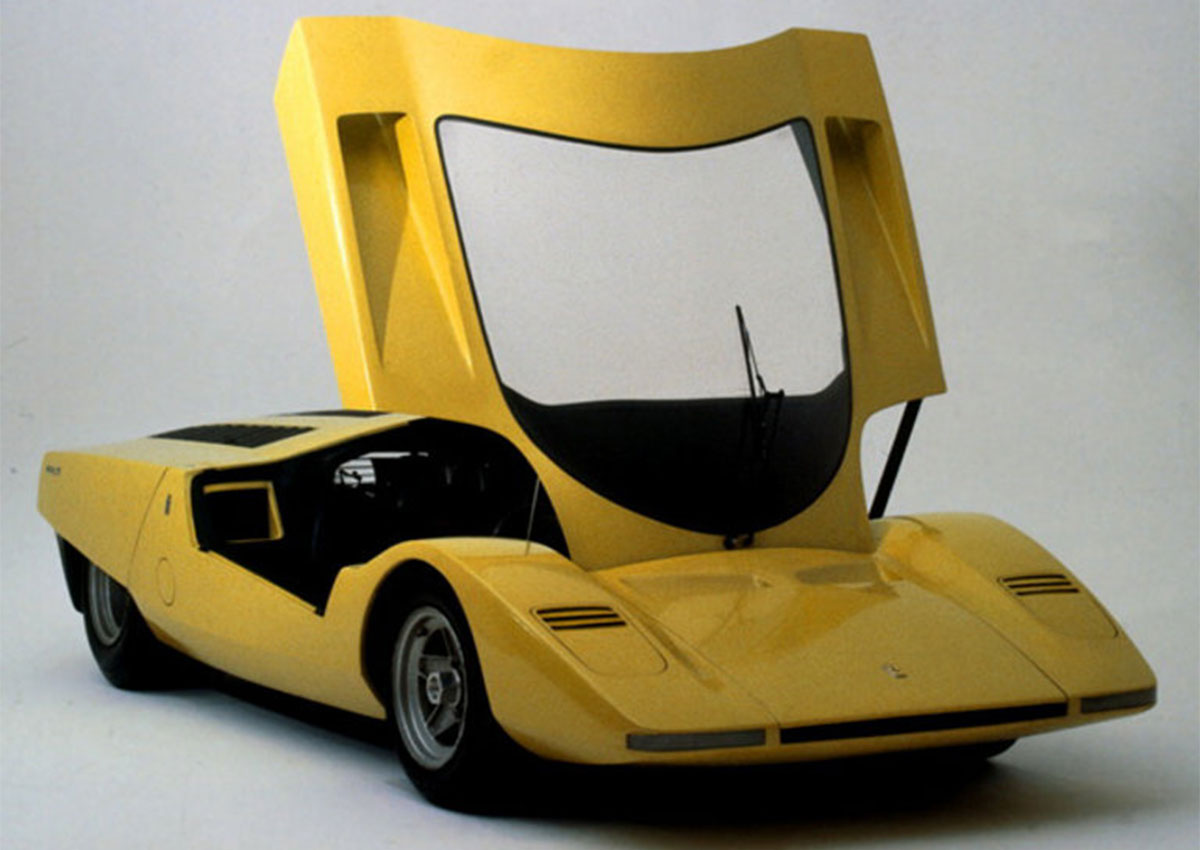
The Ferrari 512 S Berlinetta Speciale, a race car created in 1969 to compete in Group 5 of the World Sportscar Championship, is characterized by bold design lines. Its three-passenger cabin and gracefully raised windshield reveal a revolutionary "wedge" finish that breaks with traditional Ferrari aesthetics, inspiring both admiration and surprise.
Beneath its sleek chassis, however, lies the genetic code of the Ferrari 312P, created in Maranello as an unrivaled race car for the World Sports Car Championship. This 312P is best remembered for its second place finish in the 1969 12 Hours of Sebring, driven by Mario Andretti and Chris Amon.
The Ferrari 512 S Berlinetta Speciale concept car presented at the 1969 Turin Motor Show had nothing to do with the Ferrari 512 S model except for its name. This car was built on the chassis of the Ferrari 312 P prototype that crashed at Monza and was equipped with a non-functioning mock-up of a 6-liter V12 engine, making it a unique specimen.
2. Ferrari 512S Modulo - the best Ferrari concept car of 1970
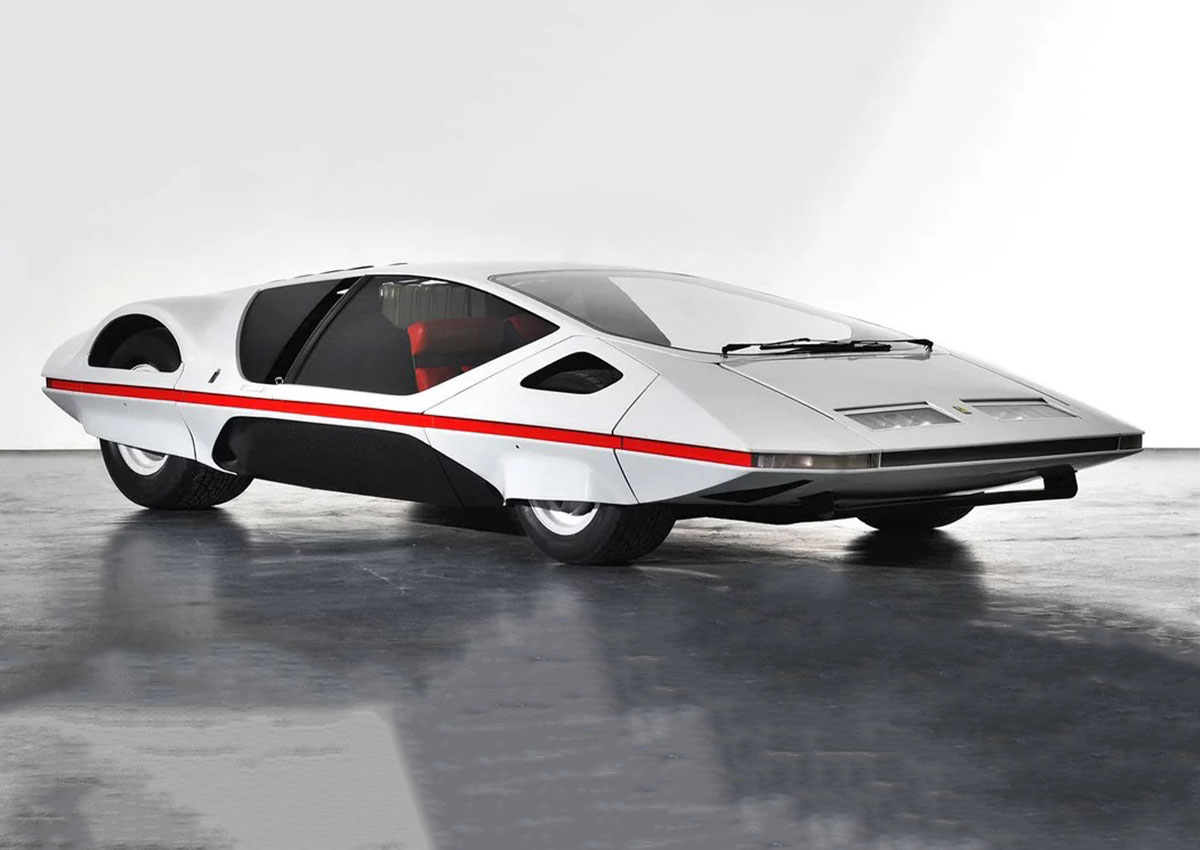
The Ferrari 512S Modulo concept sports car, developed by the Italian company Pininfarina under the direction of Paolo Martin, was first unveiled at the 1970 Geneva Motor Show. It was the first independent project of the young designer, who became known for its wedge-shaped body and square, ultra-low form.
The Ferrari 512S Modulo, built on a racing chassis from the series of the same name, had a five-liter V12 engine in front of the rear axle. The last of a series of mid-engine models, the Modulo, based on one of the 25 Ferrari 512 S racing cars, was presented at the show. The body of the Ferrari 512S Modulo tightly covered the chassis, and all the wheels were partially closed, limiting the ability to turn the front wheels.
The uniqueness of the design was emphasized by the roof visor, which slid forward to allow access to the interior. Through 24 large holes in the engine cover one could see the 550 horsepower V12 engine, which allowed the Modulo to accelerate to a top speed of approximately 220 mph. Initially, the Ferrari 512S Modulo could only move forwards and backwards as it had no steering. It was the only copy of the concept car.
3. Ferrari Pinin - the best Ferrari concept car of 1980
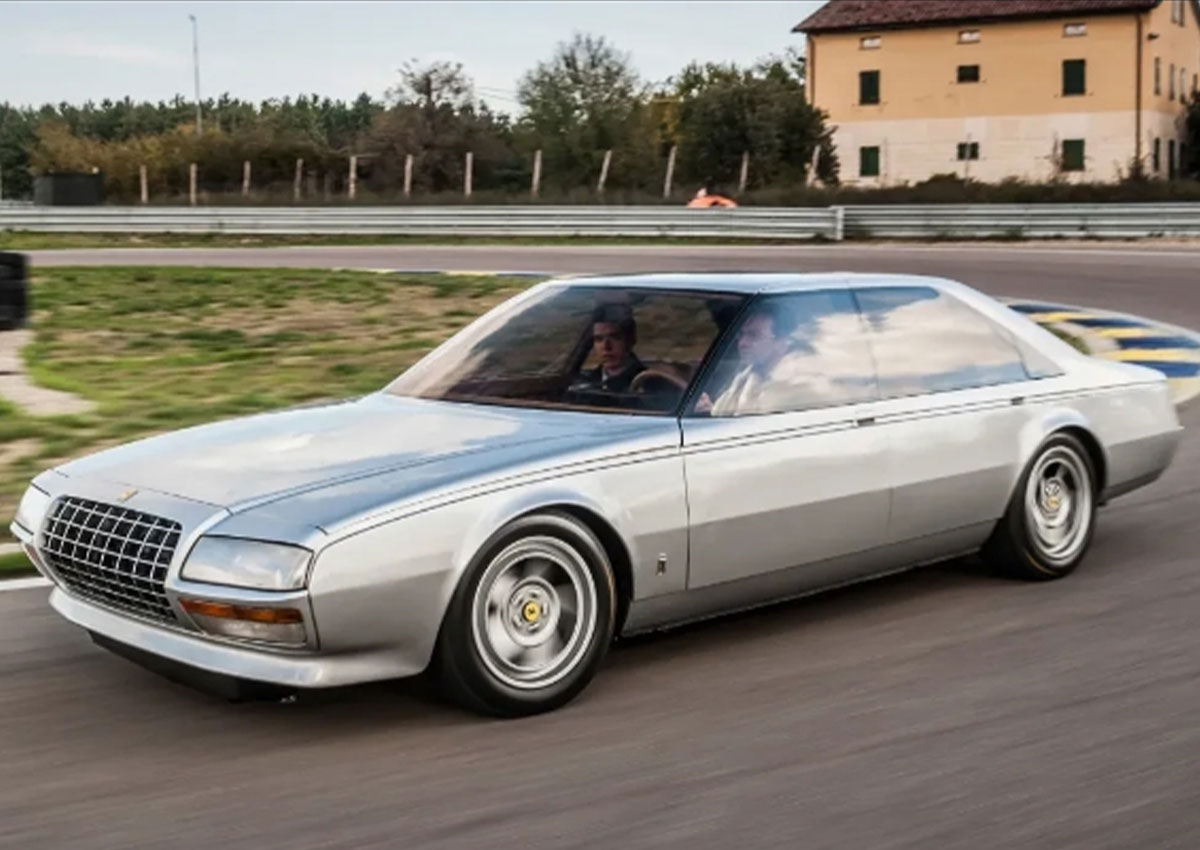
The Ferrari Pinin is a unique concept car created by the Italian studio Pininfarina in honor of its 50th anniversary and named after the company's founder, Battista Pininfarina. It was the first four-door sedan in Ferrari's history and was unveiled at the 1980 Turin Motor Show.
The design of the concept, in the classic style of the 1970s and 1980s, was developed by a team of ateliers led by Leonardo Fioravanti, who had been responsible for creating bodies for Ferrari cars since the 1960s. The model features a low front end with a flat engine, a large grille and wide headlights.
The car is based on the four-seat Ferrari 365 GT4 coupe and features modern technical equipment. It is powered by a five-liter twelve-cylinder engine with 360 horsepower mated to a five-speed manual transmission. Rear-wheel drive and front-wheel drive allow the car to reach a top speed of 280 km/h and, with the right engine tuning, more than 300 km/h.
The interior of the sedan, designed in a classic style with an ascetic look, includes wood and yellow leather upholstery, creating a sense of luxury typical of expensive cars.
Leonardo Fioravanti, the renowned designer of models such as the Ferrari 288 GTO and Ferrari F40, is the author of this elegant but poorly built Ferrari Pinin design. The concept exists in a single copy, making it particularly valuable among collectors.
4. Ferrari Mythos - the best Ferrari concept car of 1989
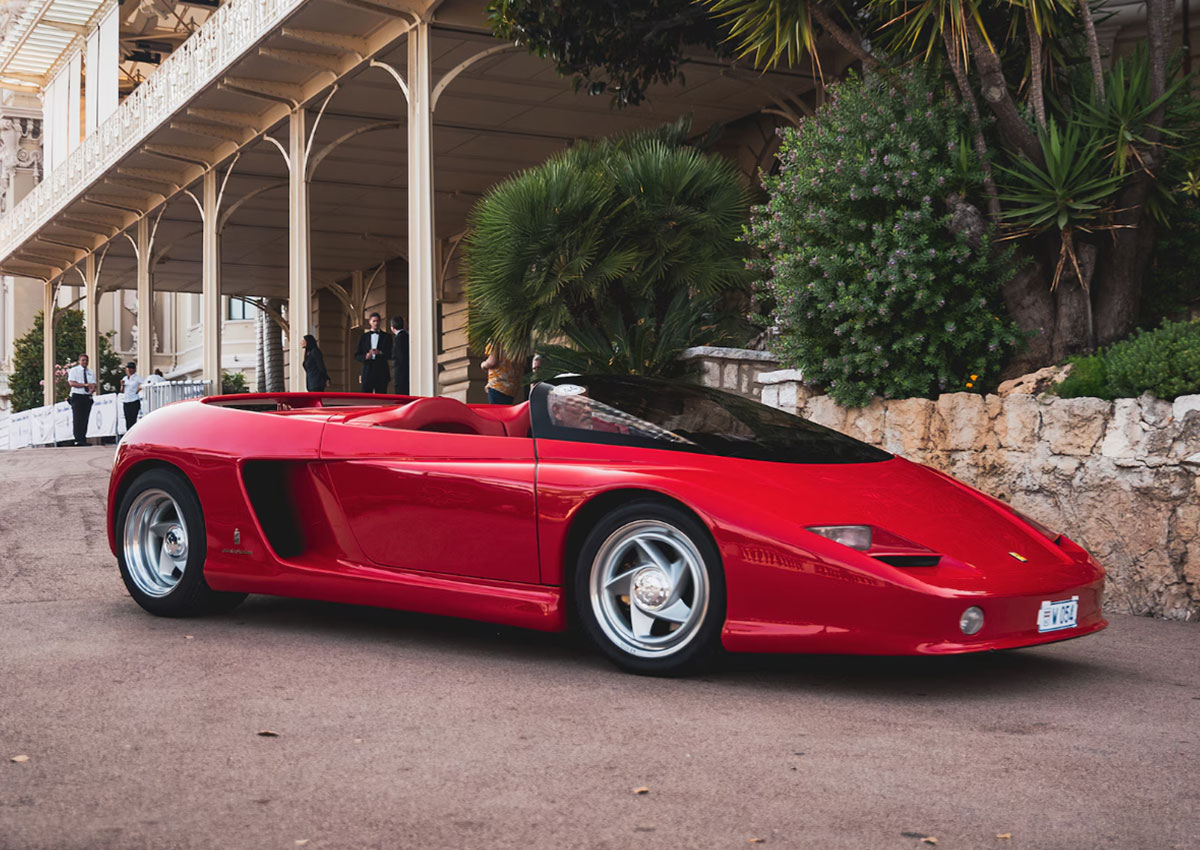
The Ferrari Mythos, a prototype open-top supercar, made its spectacular debut at the 1989 Tokyo Motor Show. Initiated by the Italian design house Pininfarina, the two-seater, centrally-engined car was conceived as a design study, but later gained legendary status among car enthusiasts.
It was designed by Pietro Camardella, who had previously worked on projects such as the Ferrari F40, Ferrari F50 and Ferrari 456. The car had a futuristic design with a long front overhang characteristic of the Testarossa, large side vents, and a rear spoiler.
The design of the Ferrari Mythos was based on the chassis of the Ferrari Testarossa (1984-1996), but with a redesigned exterior and interior. The supercar is equipped with a 12-cylinder atmospheric engine with a displacement of 4943 cc and an output of 287 kW, which is located behind the cabin and transmits power to the rear axle through a five-speed manual transmission. Although the car was never officially tested, it accelerated to 100 km/h in just over 6.0 seconds and had a top speed of around 290 km/h.
During the development of the Ferrari Mythos, several body styles were considered, such as coupe, targa and speedster, before the final decision was made in favor of a more exotic open-top speedster that created a connection to the racing cars of the past. The Mythos featured a steep, one-piece aerodynamic windshield that followed the contours of the car's front end. The design also featured five-spoke wheels with a turbine look and hidden nuts, developed specifically for this model.
5. Ferrari Testa D'Oro Colani - the best Ferrari concept car of 1989
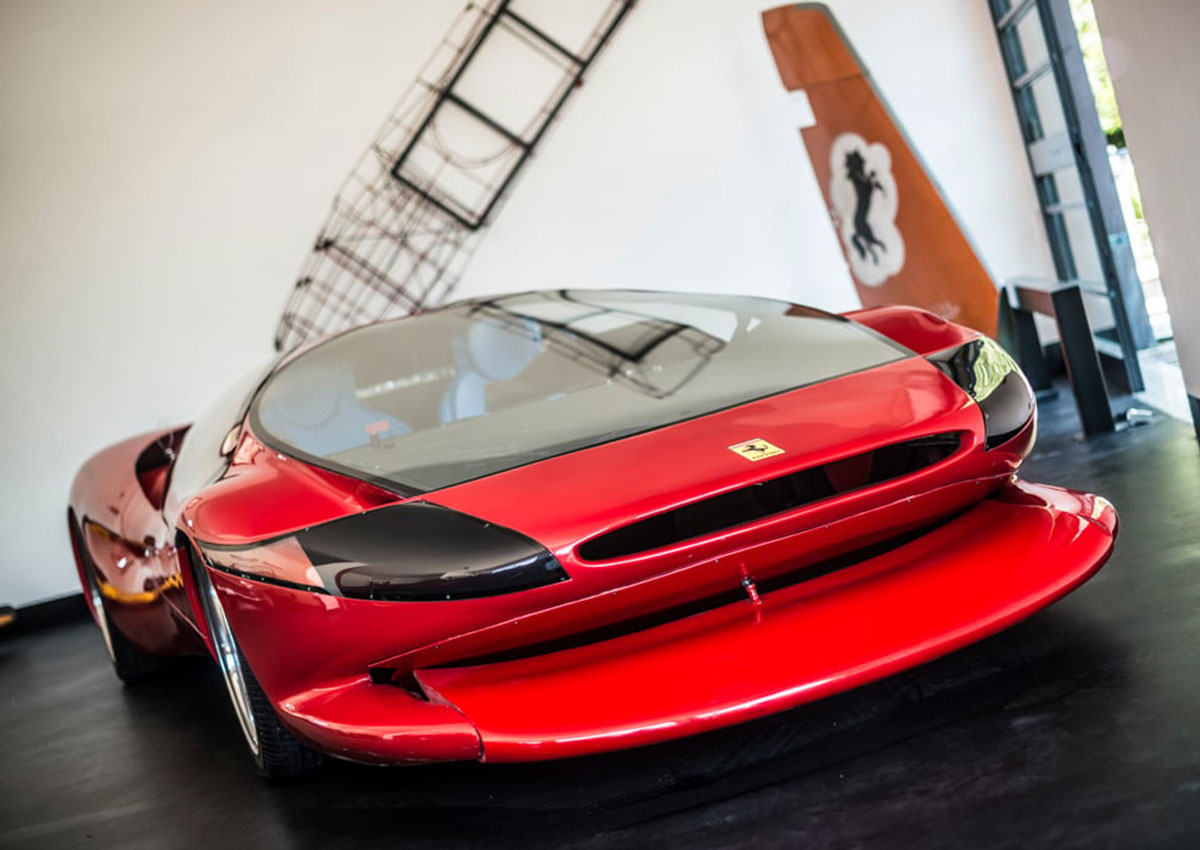
Luigi Colani, a world-renowned industrial designer, created the Ferrari Testa D'Oro Colani concept in the late 1980s with the goal of setting a land speed record at the Bonneville Salt Flats. The basis for the modification was the Ferrari Testarossa, which received an aerodynamic body designed by Colani. Known for his radical designs, Colani gave the Ferrari Testa D'Oro Colani a long, flat front splitter resembling a giant tongue, and stretched the car's nose into an oval fish-mouth shape with an integrated air scoop.
In 1991, the Ferrari Testa D'Oro Colani set a world record for top speed in its class, reaching 218 mph, thanks to a completely reworked twin-turbo engine from German tuner Lotec that produced more than 750 horsepower. Its organic, aerodynamic shape is characteristic of Colani and reflects his unorthodox approach to design and innovation.
6. Ferrari 365 P Berlinetta Speciale - the best Ferrari concept car of 1966
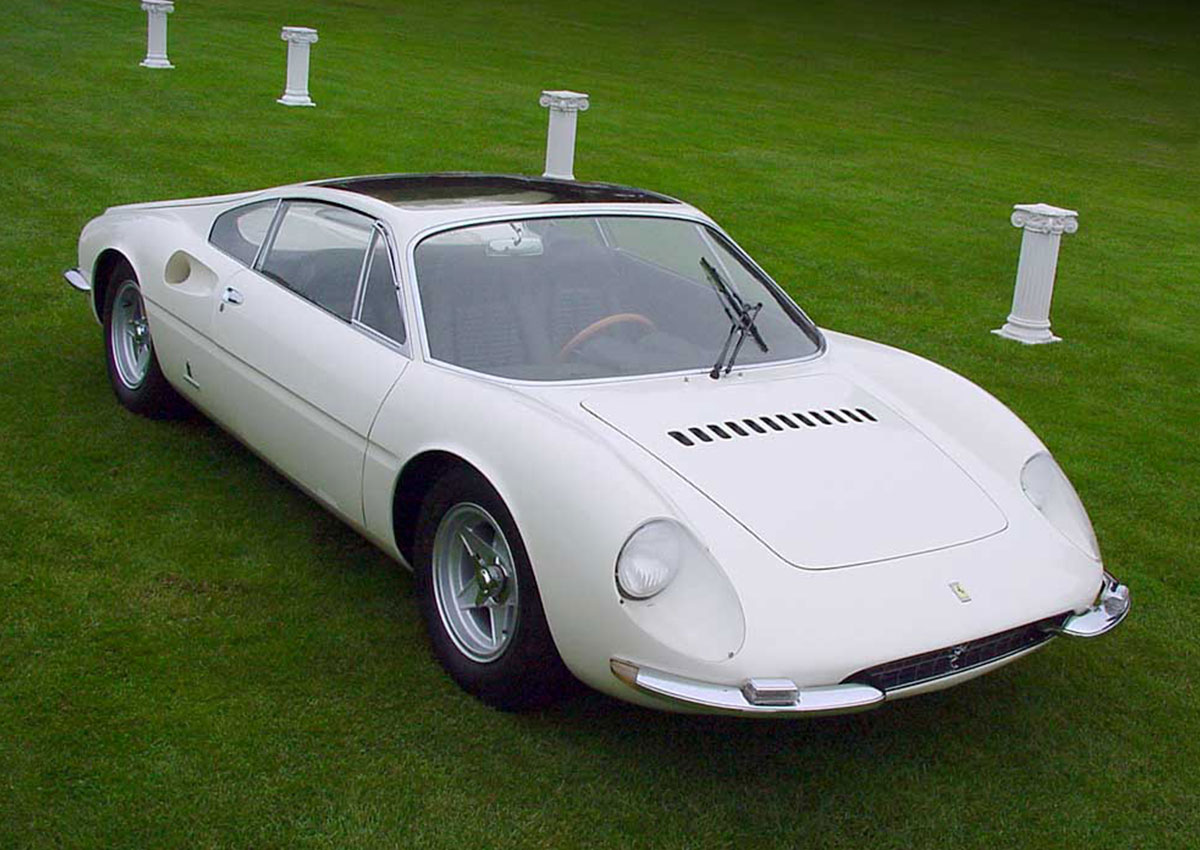
The Ferrari 365 P Berlinetta Speciale, also known as the Berlinetta Tre-posti, was a concept sports car created in 1966 in collaboration between Ferrari and Pininfarina. This model featured a three-dimensional tubular frame reminiscent of Formula 1 designs and a unique arrangement of the central 4.4-liter V12 engine from the Ferrari 365 P2 racing car. The engine had an SOHC system to control two valves per cylinder, producing 380 horsepower, and was mated to a 5-speed manual transmission.
This car not only had the technical characteristics of a racing car, but also an impressive exterior design reminiscent of the 1965 Ferrari Dino 206 prototypes. Pininfarina covered the tubular frame with aluminum sheets and added a glass roof. With its rear-axle engine and three-seat interior, the Ferrari 365 P Berlinetta Speciale made automotive history.
7. Ferrari 408 4RM - the best Ferrari concept car of 1987
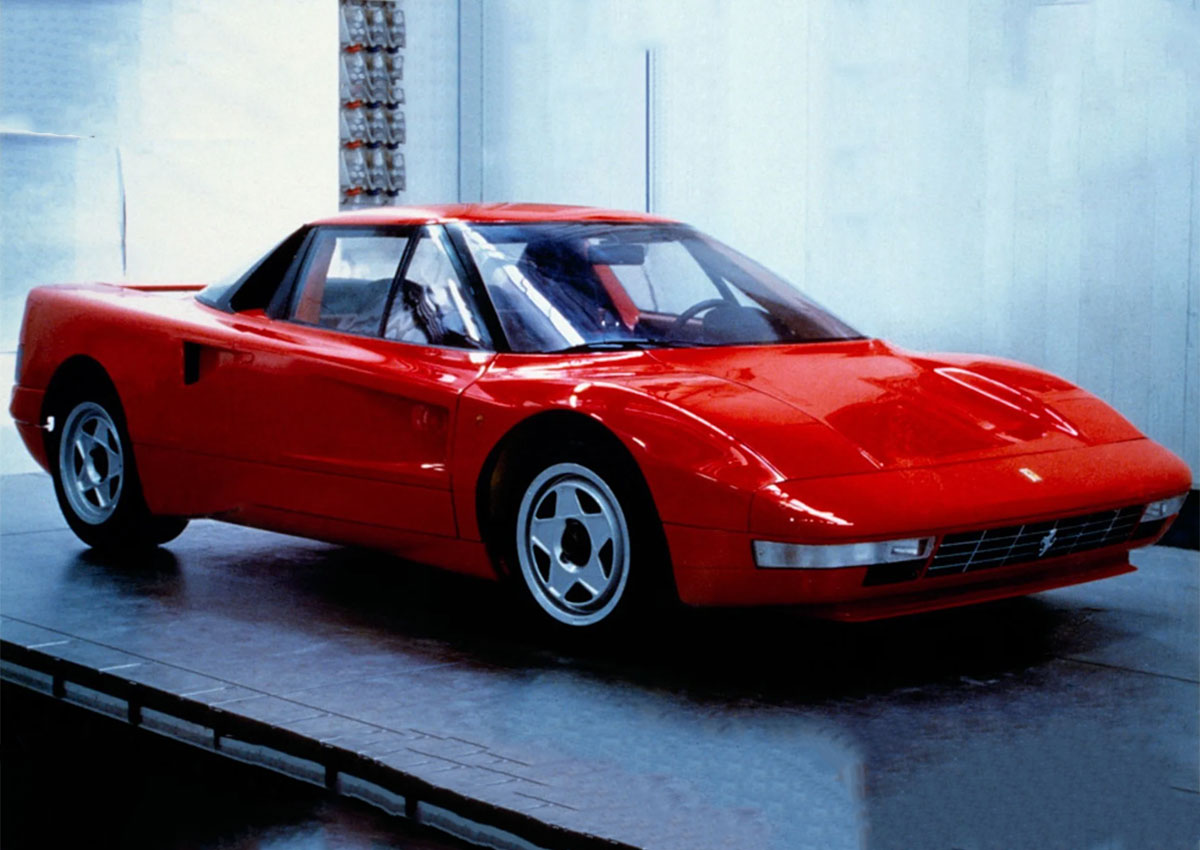
The Ferrari 408 4RM, created in 1987, was the prototype of an all-wheel drive car - the first in Ferrari's history. Its name, the 408, reflects its engine characteristics: "40" stands for the displacement of 4.0 liters and "8" for the number of cylinders. The abbreviation "4RM" stands for "4 Ruote Motrici", which means four-wheel drive.
The car is powered by a 4.0-liter F117 V8 engine with 300 hp at 6,250 rpm and 373 N⋅m of torque at 4,500 rpm, mounted at a 90-degree angle at the rear. Composite body panels and a cast magnesium front bulkhead complete the innovative design. The suspension is fully independent with parallel arms and hydraulic cylinders for height adjustment.
The Ferrari 408 4RM was developed as a research model to test the all-wheel drive and hydraulic system. Only two prototypes left the factory: a red one (chassis 70183) in 1987 and a yellow one (chassis 78610) the following year. The red prototype had an all-steel welded chassis, while the yellow prototype had an aluminum frame.


